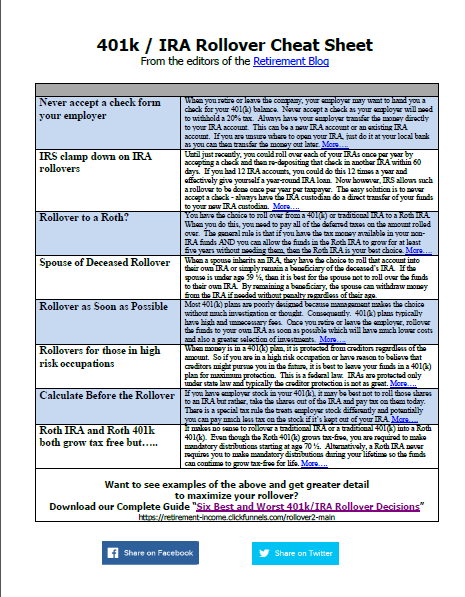It seems that there are only two constants in life – taxes and death – and it's interesting to note that the IRA distribution rules hit upon both issues equally. For those who possess IRAs (an extremely wise move what with life expectancy increasing and medical expenses hitting the roof) the role IRA required minimum distribution plays in affecting life savings is a major concern. You can use the following facts and gain a better understanding of the IRA distribution rules:
IRA distribution rules apply to traditional IRA accounts and also to rollover IRAs (those IRAs which have been fully or partially funded with rollovers from qualified plans such as 401(k) accounts). IRA distribution rules also apply to those who inherit IRAs from a deceased. IRA distribution rules do not apply to the Roth IRA owner or the spouse of the IRA owner if the owner is deceased. There are however IRA distribution rules for the non-spouse beneficiaries of Roth IRAs.
For those who possess traditional retirement accounts, IRA minimum distribution rules establish the requirement to take distributions starting not later than April 1 of the year after the IRA owner attains age 70 1/2. The IRS formula involves totaling the balance of all your traditional IRAs and dividing by your life expectancy for your attained age. Since IRS has never collected tax on the money in your traditional IRAs, the purpose of the IRA distribution rules is to force withdrawals over your remaining lifetime such that IRS can collect the tax owed to them. Note that if you die prior to emptying your IRA, IRS requires your beneficiaries to take annual distributions and collects tax from them. Here you find the details on calculating the IRA minimum withdrawal and complying with IRA distribution rules.
Each year after attaining age 70 1/2, you repeat the same calculation as explained in link in the above paragraph. Note that if you have more than one IRA, you can choose to take the minimum withdrawal from one or any, nation of those IRAs. For example, if your calculation calls for taking $5,000 given the total of your three IRAs, you can take that $5,000 from one of your IRA accounts were spread that $5,000 over all three, as you choose.
The theory of the IRA distribution rules is that if you live to the exact age of your life expectancy, you will have depleted your IRA and the IRS will have collected all of the tax due form you. Since a person rarely dies at their exact life expectancy, it is common for them to have already depleted their IRA prior to death or still have a balance. If you have a balance remaining, your heirs are then required to take annual minimum distributions per the IRA distribution rules and we cover that in a separate post.
You may be curious as to what happens if you do not comply with the IRA distribution rules. The IRA penalties for non-compliance are severe and we suggest that you put a note in your daily planner or your iPhone to remind you each year to take your required minimum distribution when due. There are also distribution riles for your company retirement plans.
Lose a Fortune on Your 401k Rollover
If you do not do any of these correctly:
- Opt for a distribution rather than direct transfer
- Rollover company stock to an IRA
- Choose to rollover to a Roth IRA
- Rollover to your new employer’s 401k
- Rollover post-tax contributions

Leave a Reply